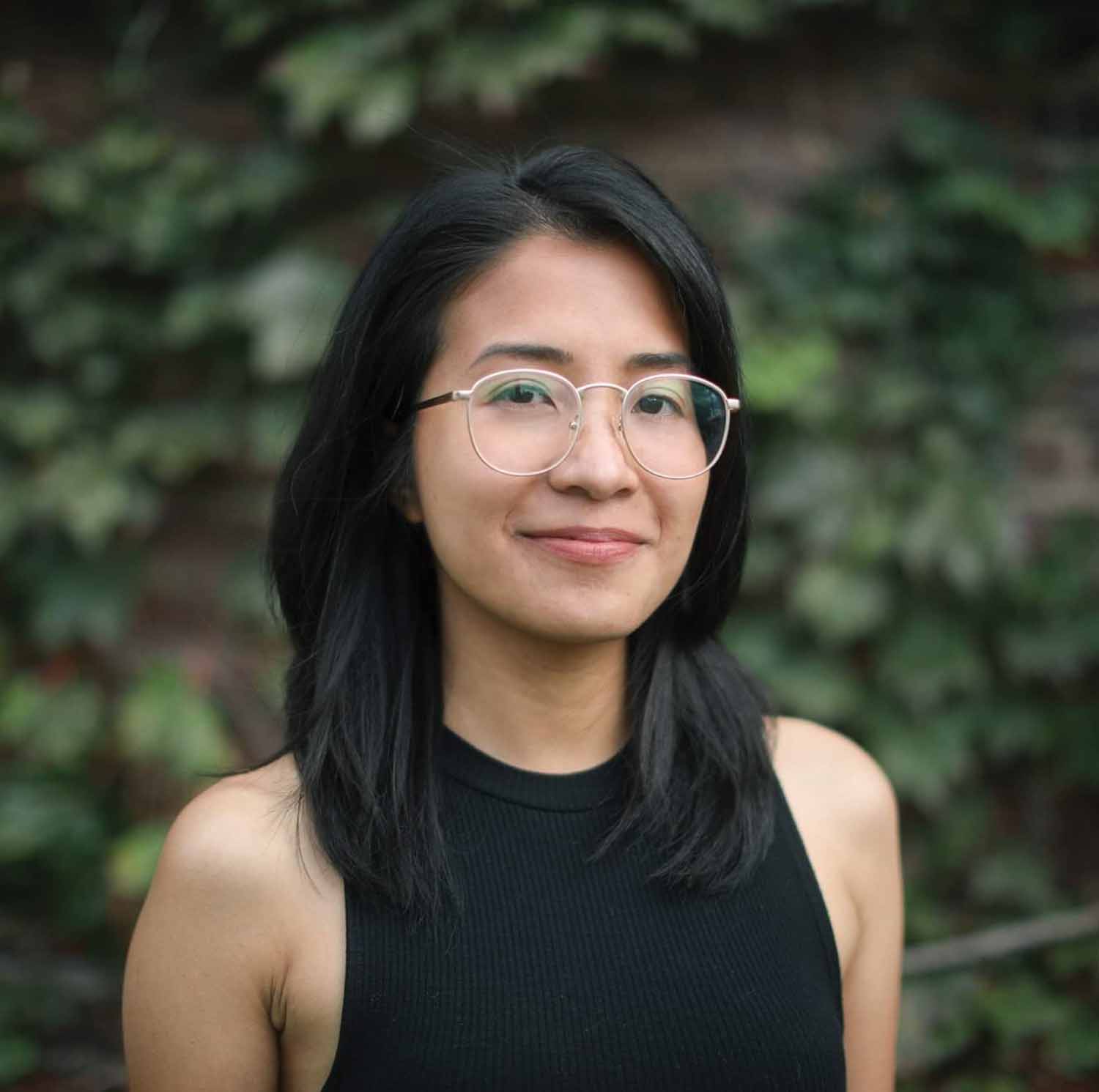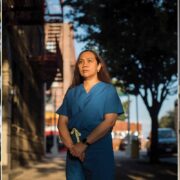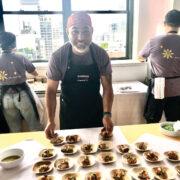
Friends of the Philippines Society USA co-founders Jerry Sibal and Edwin Josue took a ferry from 34th Street to Brooklyn Bridge Park last year to rediscover the city they love, months after the global pandemic brought everything to a screeching halt. Sibal had just returned to New York after being stranded in the Philippines for seven months and Josue wanted to show him how some city sights have changed.
By this time, Filipino American healthcare workers have been forced to operate in difficult conditions as they continue to save lives on the frontlines. Sibal and Josue wanted to pay tribute to them somehow.
At the park, they saw last year’s Photoville photojournalism exhibit and the idea that has been percolating in their minds suddenly began taking shape.
“So we talked to the founders Laura, Sam and Dave and we said like we’re gonna do an event because we want to pay tribute to the Filipino American frontline health care workers because their stories deserve to be heard,” Sibal said.

They found Rosem Morton, a Filipino American documentary photographer, and nurse based in Baltimore, Maryland. A National Geographic Explorer, an International Women’s Media Foundation Fellow, and a We, Women Photo artist, Morton’s storytelling focuses on the intimacy of everyday life amidst gender, health, and racial adversity.
“I had immediately known that I was going to do stories about healthcare workers, because I realized that I had a unique background that I was in healthcare and both in journalism, and I can offer the public an inside look at the stories especially when the hospitals were kind of closing down access,” Morton told the Asian Journal. “So there are things about it that I felt like the public really should know and, and I really tried hard to be able to do that.”
Morton’s photographs are now part of the 10-Year Anniversary of the Photoville Festival, which is opening this weekend, September 18 with a huge community celebration in Brooklyn Bridge Park.

The opening will kick off the 10-week festival and organizers are promising a safe, and socially distant day of fun family activities, tours, and workshops.
“After so many months of working behind-the-scenes to bring the Photoville Festival together, we are so excited to share an amazing lineup of photographers and their brilliant and important work. You’ll find strong and somber stories, reflecting the times we are living in, and also light and joyful ones, to lift your spirits and put a smile on your face,” said the festival’s founders Laura Roumanos, Dave Shelley, and Sam Barzilay in a letter posted to the event’s website.
Taking many different shapes and forms, all exhibitions are designed to be viewed and enjoyed at a safe social distance until December 1, 2021. Free and open to the public, the city-wide festival dedicated to public photography programs will be spread out across 25 locations this year
Diaspora on the Frontlines
Morton has dubbed her project, Diaspora on the Frontlines, which documents Filipino nursing families—all of whom represent the large population that has been historically shaped to fill the U.S. shortage of nurses.
This project is comprised of documentary images of their lives, along with historical and present-day diptychs to illustrate the missing and present-day stories of these migrants.
“Being a nurse really helped me connect with, with all the healthcare workers I photographed, because this was the first time they… a lot of them started processing what happened to them this past year so we were able to connect and that connection came out when I took their portraits, and I wanted to portray them as heroic as possible to really symbolize the work that they’ve done and the resilience of the Filipino community,” Morton said.
Her nursing background also helped Morton figure out what were the really important parts for the public to know about the nurses’ experiences.
Nearly 32 percent of all the registered nurses who have died of COVID and related complications in the U.S. are of Filipino descent. In the New York-New Jersey area, Filipinos were hit especially hard since one in four works in healthcare.
Morton documented the nurses and showed their stories which often depicted battle scenes, surrounded by death and helplessness, as hospitals continued to be overwhelmed with patients, compounded by staff and supply shortages.
The project shows how the healthcare workers reflect on the impactful moments of last year, as they shared their stories of pain, courage, and resilience. She hopes to “share the faces behind the statistics and also inform others on the colonial history that brought us here to America.”
An emotional Sibal said he was touched when he first saw Morton’s photographs.
“I’m very touched and very honored that people connect with the work and I think that’s ultimately the hope of every photographer, that people connect with the stories and the people that you photograph,” she said.
The Diaspora on the Frontlines exhibit will be at the Empire Fulton Ferry Park area of the Brooklyn Bridge Park. It is presented by the Friends of the Philippines Society USA whose mission is to promote and support understanding of the Philippines in the United States by providing meaningful exchange of opportunities, connections and information through the arts and culture, education, business, and healthcare programs.






